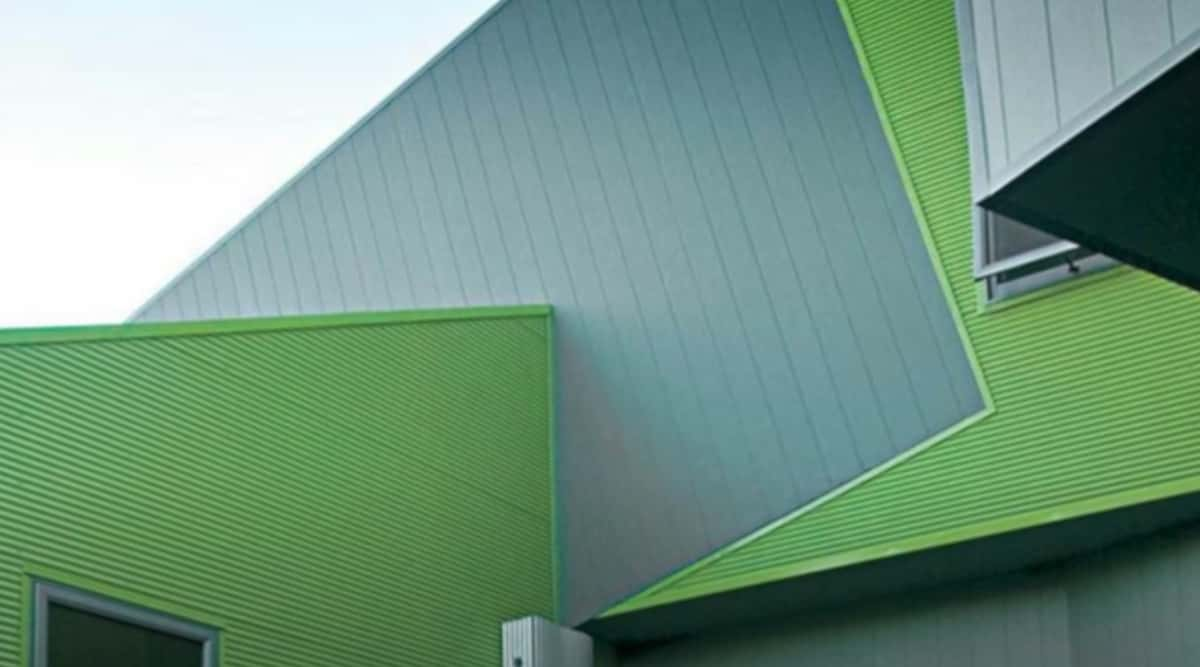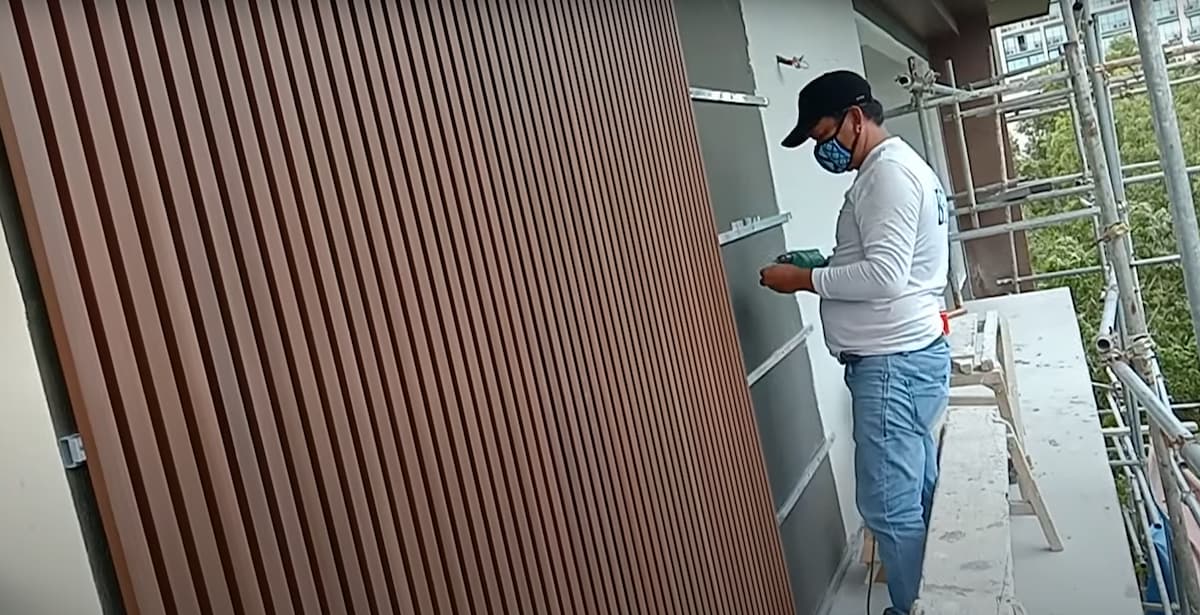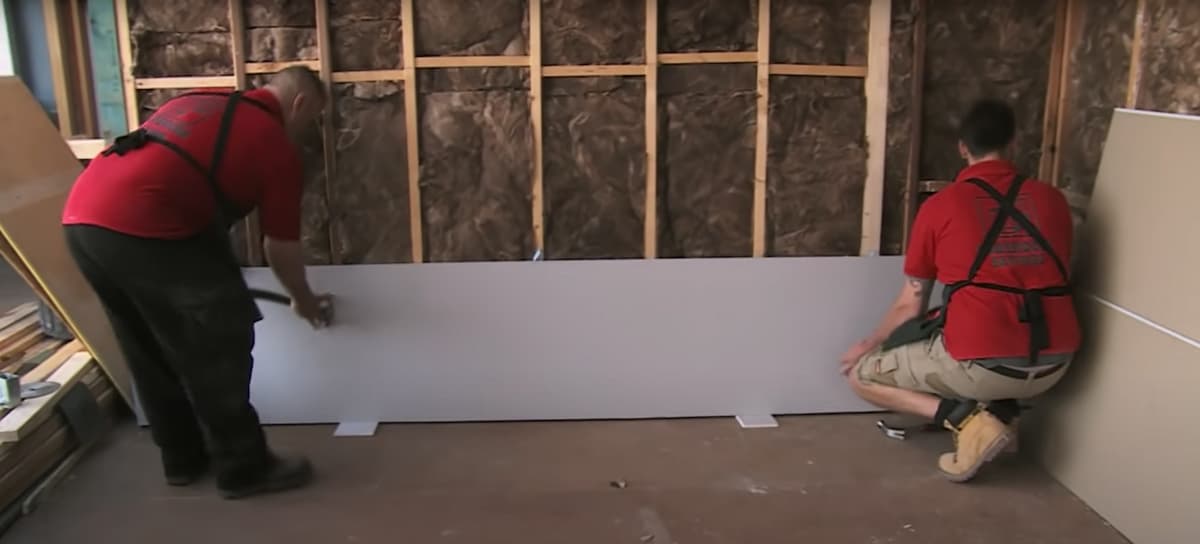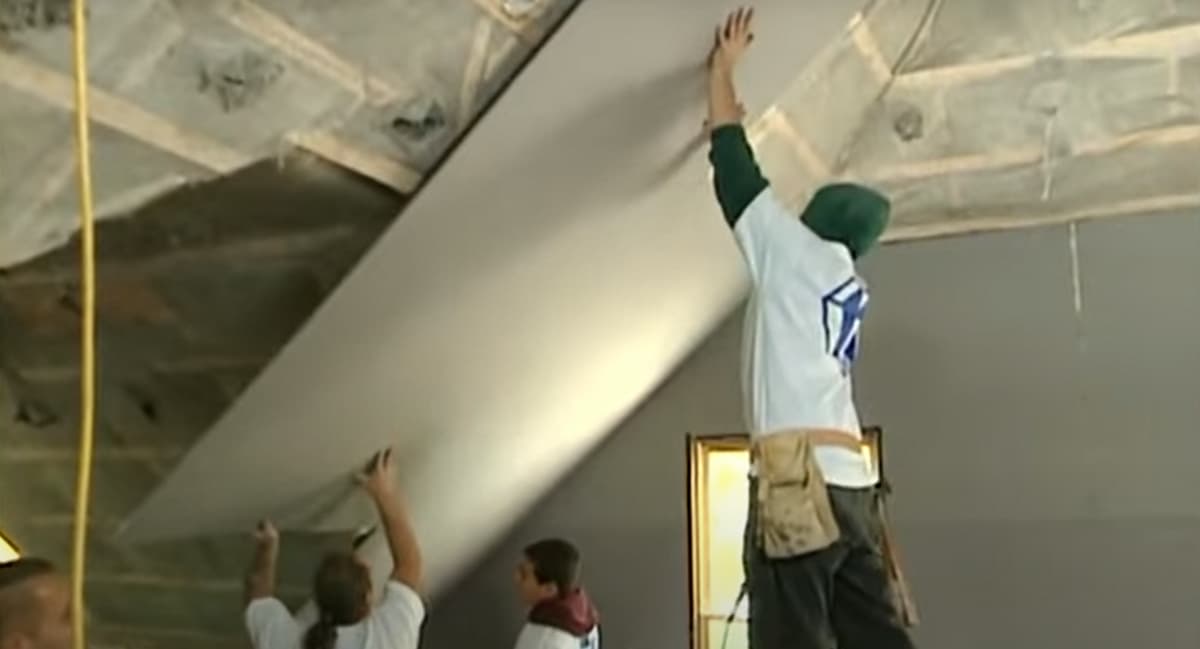
What is External Cladding?
External cladding is an architectural term that refers to the process of wrapping the exterior of a house or a building with some layering material. That can be aluminium, glass, timber, bricks, vinyl, steel. Whatever you choose depends on the purpose of the cladding, material properties, budget limitations.
The cladding system’s main usage is to protect the building from the weather conditions, to provide noise control, insulation, and to give a nice aesthetic appeal to the structure.
Depending on your preferences as a client and budget for the project, there are several exterior cladding options on the market in Australia.
What are the different types of external cladding
Here are a collection of various different cladding system types used in Australia:
Plywood Sheet Cladding
Applying plywood as a cladding material has some remarkable benefits. Looking good as real wood, its natural beauty is what attracts most of the clients. Plywood’s main features are durability, insulation, resistance against exterior impacts, flexibility, budget-friendly, and most importantly it performs even stronger than real wood.
Vinyl Cladding
Probably one of the best cladding types is the application of vinyl. Vinyl cladding is easy to install, provides great insulation, and requires low maintenance. Vinyl cladding is made out of PVC and other materials. Vinyl boards are safe, durable, versatile and provide great insulation. Vinyl material resists weather conditions such as heat, cold & mould.
Scyon Cladding/Fibre Cement Cladding
Scyon cladding also known as fibre cement cladding can be used for interior or exterior cladding of the walls. Axon cladding by James Hardie is one of the several products offered on the market made of vertically grooved panels providing a timber look, fire-resistant, and durable solution for your homes.
Aluminium Cladding
Aluminium cladding is one of the types of external cladding that offers significant benefits. Compared to the other metals, aluminium is very lightweight and result in low costs during the application process. Aluminium cladding is flexible, resistant to corrosion, recyclable, and completely environmentally friendly.
Timber Cladding
Timber cladding uses timber as a layered material for the walls. Despite its beautiful appealing, timber cladding is very popular because it becomes from renewable sources, is durable, and eventually can be recycled over time. This type of wall cladding does require maintenance at least once or twice a year, to protect from humidity, insects, or just to refresh the colour.
Brick Cladding
Bricks are another type of cladding material which can be used for cladding both home exteriors and interiors. Refresh the interior space, feature walls, or the exterior of the structure by using this versatile material. Brick cladding significantly cuts the building costs, saving you enough energy and money compared to other construction methods.
Concrete Cladding
Concrete cladding main feature is the long time durability and performance. Concrete cladding provides high-quality insulation, thermal protection, protection against weather conditions, noise. After installation, only low maintenance is required, besides some regular cleaning to improve the overall look of the building or the home.
Stone Cladding
Stone cladding provides enhanced insulation against weather conditions especially moisture, mould, damp. As the highly versatile material stone is used for exterior cladding as well as for interior decoration. Stone cladding gives the exquisite appearance to the walls and defiantly is an architecture style that is worthy to be installed.
Weatherboard Cladding
Weatherboard cladding has become very popular among the cladding systems thanks to the cost-efficiency and versatility. It can be made out of timber, fibre cement, vinyl or hardwood. The wood used for weatherboard cladding is reconstituted meaning that wood is repeatable and can be used over again. Weatherboard cladding requires more maintenance work compared to the other materials.





